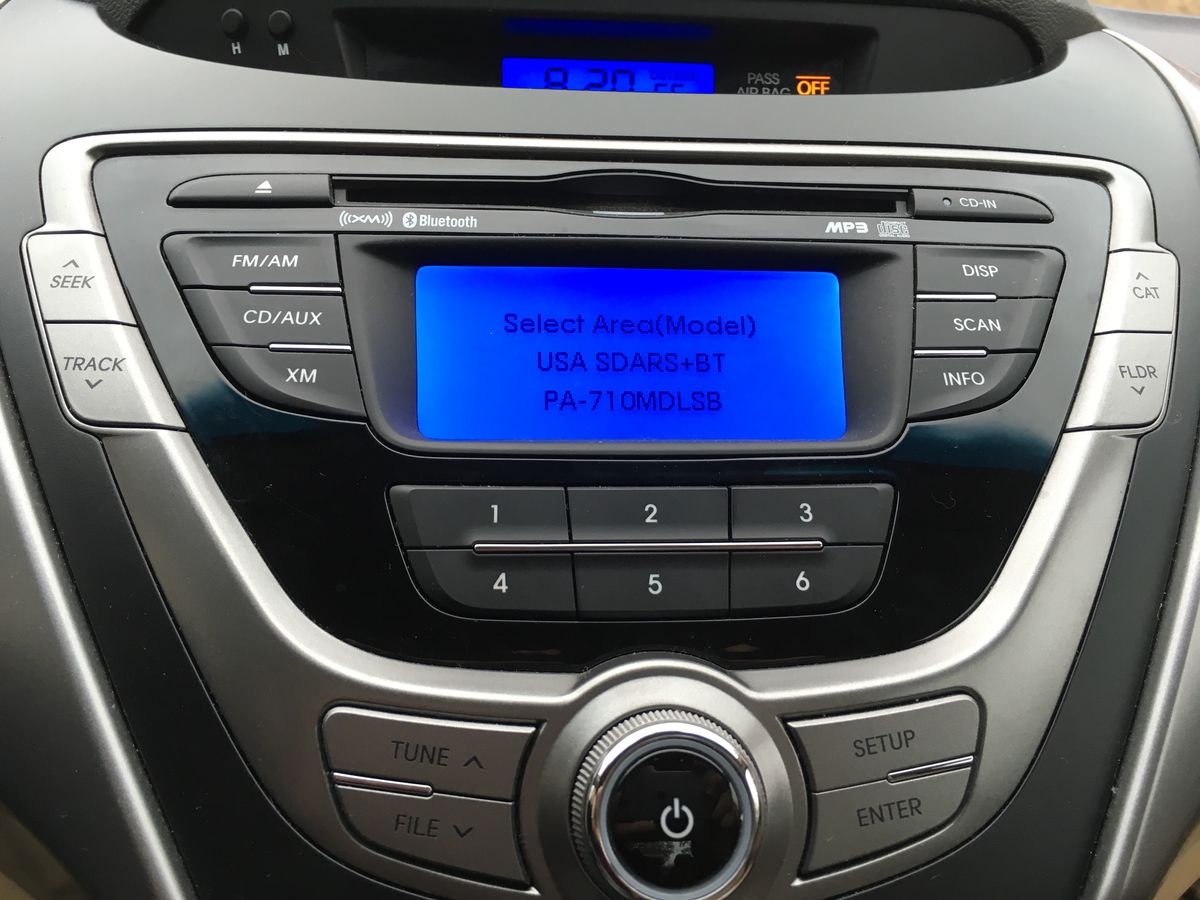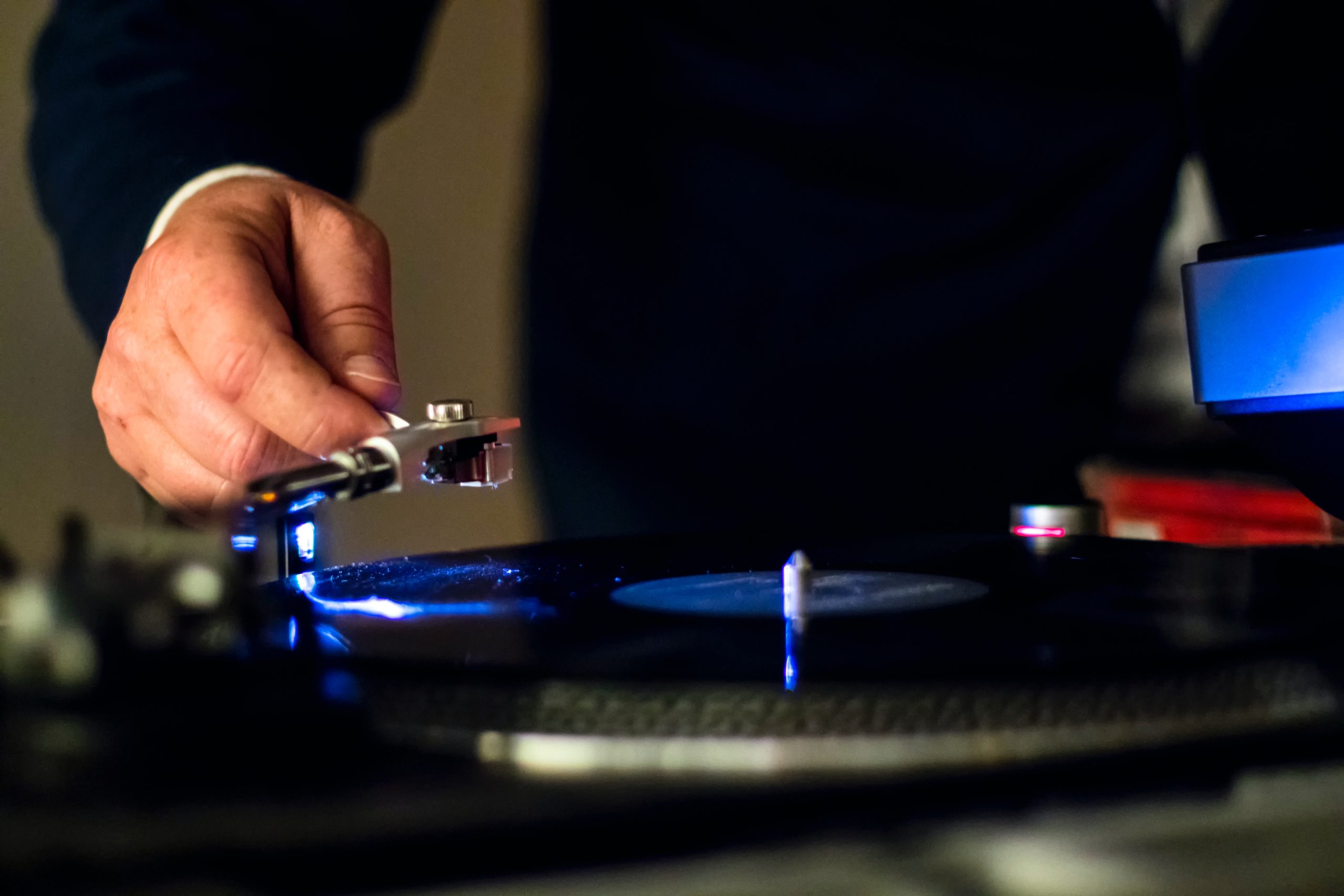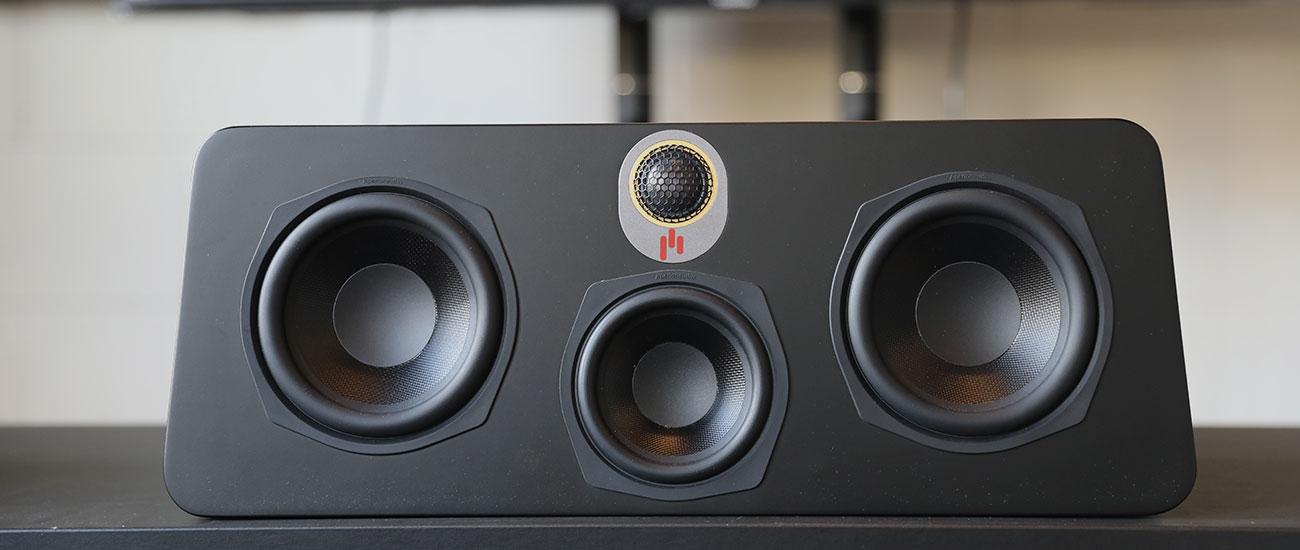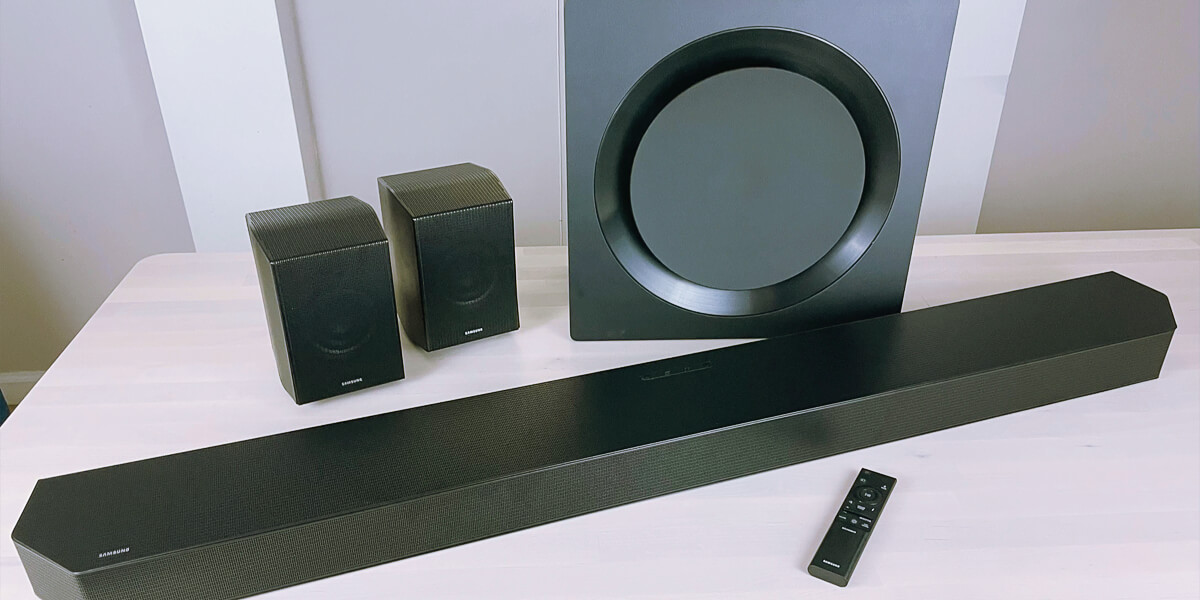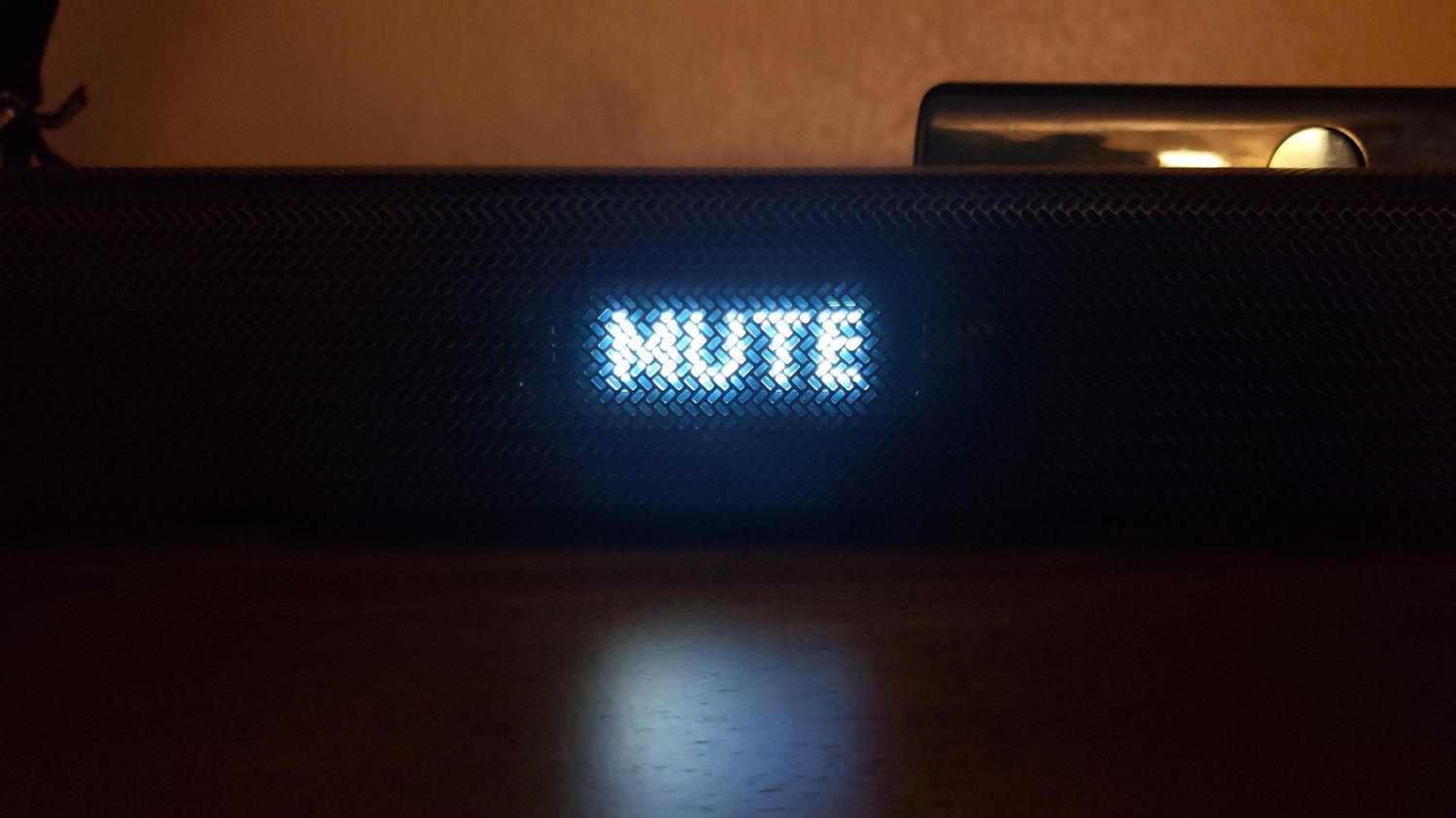Home>Devices & Equipment>Radio>Why Does My Radio Turn On But No Sound
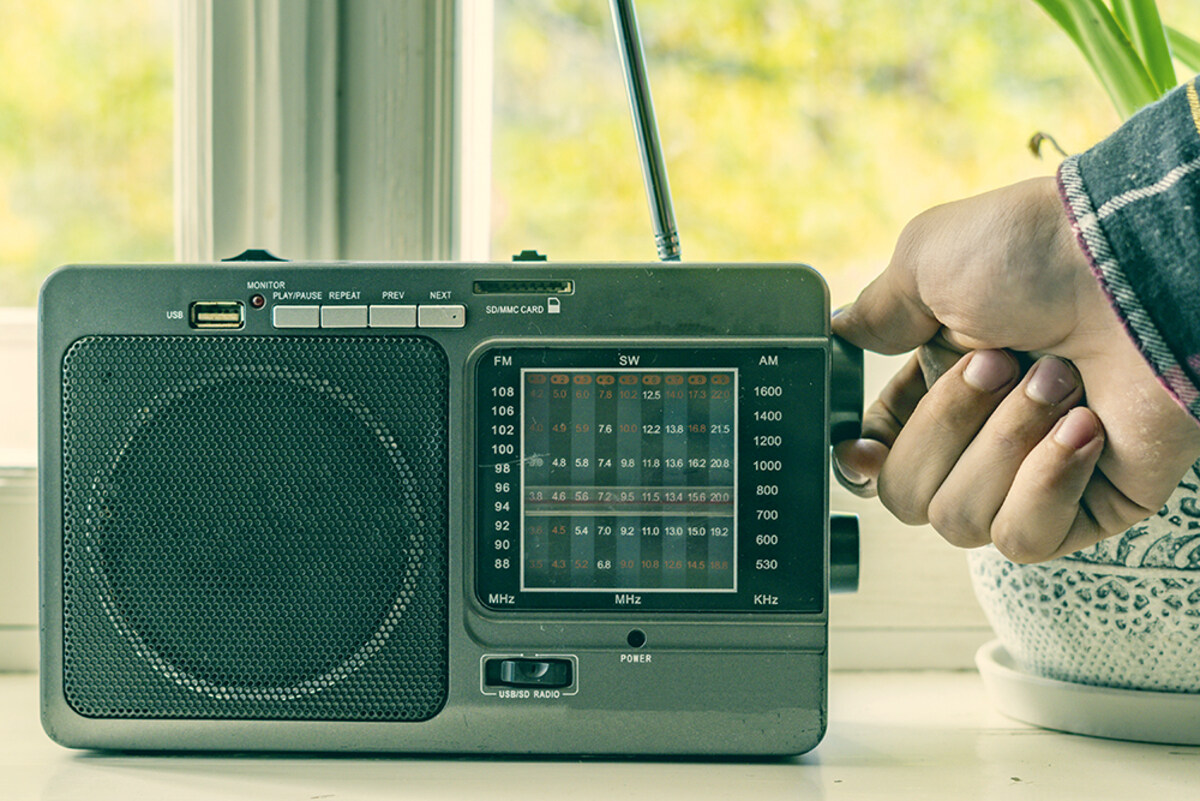

Radio
Why Does My Radio Turn On But No Sound
Published: November 21, 2023
Discover why your radio turns on but there's no sound. Learn troubleshooting tips and common causes for radio sound issues.
(Many of the links in this article redirect to a specific reviewed product. Your purchase of these products through affiliate links helps to generate commission for AudioLover.com, at no extra cost. Learn more)
Table of Contents
- Introduction
- Possible Causes for Radio to Turn On But No Sound
- Volume Control Issues
- Mute Function
- Wiring Problems
- Faulty Speakers
- Amplifier or Audio Output Problems
- Antenna Issues
- Troubleshooting Steps
- Check Volume Levels
- Disable Mute Function
- Verify Wiring Connections
- Test Speakers
- Check Amplifier or Audio Output
- Examine Antenna Connection
- Conclusion
Introduction
Radio is a common form of entertainment and a source of information for many people. Whether you’re driving in your car, relaxing at home, or working out at the gym, having a functioning radio can greatly enhance your experience. However, there may be instances where you find that your radio turns on but produces no sound. This can be frustrating and leave you wondering what could be causing the issue.
There are several possible reasons why your radio might not be producing any sound, ranging from simple volume control issues to more complex wiring problems or faulty speakers. Identifying the root cause of the problem is the first step towards resolving it and getting your radio back to its full working condition.
In this article, we will explore some common causes for radios turning on but not producing sound and provide troubleshooting steps to help you diagnose and fix the issue. By understanding these potential problems and taking the appropriate actions, you can get your radio working again and enjoy your favorite tunes, news, and talk shows.
Possible Causes for Radio to Turn On But No Sound
When your radio turns on but fails to produce any sound, it can be attributed to various factors. Here are some possible causes to consider:
- Volume Control Issues: It’s possible that the volume is set too low or even muted, preventing any sound from being heard. This is a simple oversight but worth checking before moving on to more complex troubleshooting.
- Mute Function: Many radios come equipped with a mute function that silences the audio output. If the mute feature was accidentally enabled, it could be the reason why you’re not hearing any sound. Check your radio’s settings to ensure that the mute function is disabled.
- Wiring Problems: Faulty or loose wiring connections can interfere with the transmission of audio signals, resulting in no sound playback. Inspect the cables and connectors to ensure they are securely connected and undamaged. In some cases, you may need to replace faulty wiring.
- Faulty Speakers: If your radio’s speakers are not functioning properly, it can cause a lack of sound. Over time, speakers can become damaged or worn out, resulting in a loss of audio output. Test the speakers by connecting them to another audio source to determine if they are the cause of the issue.
- Amplifier or Audio Output Problems: The amplifier or audio output circuitry in your radio may be faulty, preventing sound from being produced. This can be a more complex issue and may require professional repair or replacing the faulty components.
- Antenna Issues: A malfunctioning or improperly connected antenna can lead to poor reception or no sound at all. Inspect the antenna connection and ensure it is securely attached. Additionally, check for any damage to the antenna that may be interfering with the radio’s ability to receive signals.
These are just some of the potential causes for a radio to turn on but not produce any sound. Troubleshooting the problem involves identifying which specific factor is at play and taking the necessary steps to address it. In the following sections, we will guide you through the troubleshooting process to help you pinpoint and resolve the issue.
Volume Control Issues
One of the common causes for a radio to turn on but not produce any sound is related to volume control settings. It’s possible that the volume is set too low or even muted, which can lead to the perception of no sound.
To troubleshoot this issue, try the following steps:
- Check the volume level: Ensure that the volume is turned up to an audible level. Adjust the volume knob or buttons on your radio to increase the sound output. Sometimes, the volume may have been unintentionally set to a very low level, making it difficult to hear.
- Verify the mute function: Many radios have a mute button or function that temporarily silences the audio output. If the mute function is enabled, you won’t hear any sound even if the radio is turned on. Look for a mute button or check the settings menu to disable the mute feature.
- Reset the radio: If adjusting the volume and disabling the mute function doesn’t solve the issue, try resetting your radio. Refer to the user manual for instructions on how to perform a reset. This can help restore the default settings and potentially resolve any volume control issues.
If the above steps didn’t resolve the problem, it’s time to move on to investigating other potential causes for the lack of sound. Proceed to the next section to explore possible reasons related to the mute function.
Mute Function
The mute function is a useful feature found in many radios that allows you to temporarily silence the audio output. However, if the mute function is accidentally enabled, it can result in no sound being heard when the radio is turned on.
To troubleshoot this issue, follow these steps:
- Check for a mute button: Look for a dedicated mute button on your radio’s control panel. Press it to see if the mute function is currently enabled. If it is, you should see an indication on the display or hear a confirmation sound when you press the button again to disable it.
- Check the settings menu: If there is no dedicated mute button, navigate through the settings menu of your radio to locate the mute option. Access the menu using the radio’s interface or remote control, and ensure that the mute function is disabled.
- Refer to the user manual: If you’re unsure of how to disable the mute function or can’t locate the appropriate controls, consult the user manual for your radio. The manual should provide detailed instructions on how to enable or disable the mute feature.
If you have successfully disabled the mute function and are still experiencing no sound, proceed to the next section to explore the possibility of wiring problems.
Wiring Problems
Faulty or loose wiring connections can be a common cause of a radio turning on but not producing any sound. Issues with the wiring can disrupt the transmission of audio signals, resulting in a lack of sound output.
Here are some steps to troubleshoot wiring problems:
- Inspect the connections: Carefully examine the wiring connections between your radio and the speakers. Ensure that all cables and connectors are securely plugged in. Look for any signs of damage, such as frayed wires or loose connections.
- Reposition the wires: Sometimes, wires can become tangled or crimped, which can affect the audio signal. Reposition the wires to ensure they are not pinched or twisted. This can help eliminate any interference that may be causing the lack of sound.
- Replace damaged wires: If you find any damaged wiring, such as frayed or broken wires, it’s necessary to replace them. Obtain the appropriate replacement wires and carefully reconnect them, ensuring a proper and secure connection.
- Check for loose connections: Even if the wiring appears intact, there may still be loose connections. Try gently wiggling the connectors to see if there are any loose connections. If you notice any movement or looseness, tighten the connectors to establish a secure connection.
If the issue persists after inspecting and addressing any wiring problems, the lack of sound may be due to other factors. Proceed to the next section to explore the possibility of faulty speakers.
Faulty Speakers
Faulty speakers can be a common culprit behind a radio turning on but not producing any sound. Over time, speakers can become damaged or worn out, resulting in a loss of audio output.
To troubleshoot this issue, follow these steps:
- Test the speakers: Connect your radio’s speaker wires to a different audio source, such as a portable music player or smartphone. If you hear sound from the speakers when connected to another device, it indicates that the speakers are functioning properly. In this case, the issue may lie elsewhere in the audio system.
- Inspect for physical damage: Carefully examine the speakers for any visible physical damage. Look for tears or holes in the speaker cones, loose wires, or other signs of wear and tear. If you notice any significant damage, it’s likely that the speakers need to be replaced.
- Clean the speakers: Sometimes, a buildup of dust or debris on the speaker cones can affect the sound quality or cause no sound at all. Use a soft cloth or a brush to gently clean the speaker cones. Make sure to remove any obstructions that may be interfering with the sound output.
- Check speaker connections: Ensure that the speaker wires are securely connected to both the radio and the speakers themselves. Loose connections can result in no sound or distorted audio. Tighten the connections, if necessary, to establish a proper connection.
If testing the speakers and checking their physical condition does not resolve the issue, there may be other factors causing the lack of sound. Proceed to the next section to explore the possibility of amplifier or audio output problems.
Amplifier or Audio Output Problems
Amplifier or audio output problems can be a more complex issue that can cause a radio to turn on but not produce any sound. The amplifier is responsible for boosting the audio signal and sending it to the speakers, and any malfunction in this component can result in a lack of sound.
To troubleshoot amplifier or audio output problems, follow these steps:
- Check amplifier settings: If your radio has an external amplifier, ensure that its settings are properly configured. Verify that the amplifier is powered on and the volume controls are set correctly. Consult the amplifier’s manual for specific instructions on adjusting the settings.
- Test with another audio source: Connect a different audio source, such as a smartphone or CD player, to the amplifier to determine if the issue lies with the radio or the amplifier. If you hear sound from the connected device, it suggests that the amplifier is functioning properly and the problem may be with the radio’s audio output.
- Professional repair or replacement: If you suspect a faulty amplifier or audio output circuitry, it is recommended to seek professional repair or replacement. Amplifiers and complex audio systems require technical expertise to diagnose and fix. Contact a qualified technician or bring the equipment to an authorized service center to address the issue.
Amplifier or audio output problems can be challenging to troubleshoot and fix on your own, especially if you lack technical knowledge in this area. Seeking professional assistance can help ensure an accurate diagnosis and appropriate resolution. If the issue persists after addressing amplifier or audio output problems, continue to the next section to explore the possibility of antenna issues.
Antenna Issues
Antenna issues can also contribute to a radio turning on but not producing any sound. If the antenna is malfunctioning or improperly connected, it can lead to poor reception or no sound at all.
To troubleshoot antenna issues, follow these steps:
- Inspect the antenna connection: Ensure that the antenna is securely connected to the radio. Check for any loose or damaged connections that may be preventing the proper reception of signals. If necessary, clean the connectors and reattach them firmly.
- Examine the antenna for damage: Inspect the antenna for any visible damage, such as bent or broken elements. A damaged antenna can significantly affect the radio’s ability to receive signals and produce sound. If you notice any damage, it’s advisable to replace the antenna.
- Consider the antenna placement: The location and positioning of the antenna can impact signal reception. Make sure the antenna is positioned correctly, preferably in a place with a clear line of sight to the broadcasting towers. Avoid placing the antenna near other electronic devices or metal objects that may interfere with the signal.
- Try a different antenna: If you have access to another antenna, such as a spare or a friend’s antenna, you can try connecting it to your radio. This can help determine if the issue lies with the antenna itself. If the sound is restored with a different antenna, it may be time to replace your existing antenna.
If the antenna appears to be functioning properly and the connections are secure, but you’re still experiencing no sound, it may be necessary to seek further technical assistance. Consider reaching out to a professional or contacting the manufacturer for additional support.
By troubleshooting and addressing antenna issues, you can improve the chances of restoring sound to your radio. If the problem persists, it’s time to move on to the next section, where we will outline some troubleshooting steps you can take to further diagnose and resolve the issue.
Troubleshooting Steps
Now that we have explored some common causes for radios turning on but not producing any sound, let’s discuss some general troubleshooting steps that can help you diagnose and resolve the issue.
- Check Volume Levels: Verify that the volume is turned up to an audible level. Adjust the volume knob or buttons on your radio to increase the sound output. Make sure it is not set too low or muted.
- Disable Mute Function: Ensure that the mute function is disabled. Look for a dedicated mute button or check the settings menu to ensure it is turned off. If necessary, consult your radio’s user manual for instructions.
- Verify Wiring Connections: Inspect the wiring connections between your radio, speakers, and any external components (such as amplifiers). Ensure that all cables and connectors are securely connected and undamaged. Replace any faulty wiring if necessary.
- Test Speakers: Connect the speakers to another audio source to verify if they are functioning properly. If the speakers work with another device, the issue may lie elsewhere in the audio system.
- Check Amplifier or Audio Output: If your radio has an external amplifier or complex audio system, ensure its settings are correctly configured. Test with a different audio source to determine if the issue is with the radio or the amplifier. Seek professional assistance if necessary.
- Examine Antenna Connection: Inspect the antenna connection and antenna for any loose or damaged connections. Ensure that the antenna is properly positioned for optimal signal reception. Consider trying a different antenna to troubleshoot further.
By following these troubleshooting steps, you can narrow down the potential causes and identify the specific issue that is preventing your radio from producing sound. Keep in mind that some issues may require professional repair or replacement, especially if they involve complex components like amplifiers or audio output circuitry.
If all else fails, it’s recommended to contact the manufacturer or consult a professional technician for guidance and assistance in resolving the problem. They have the expertise to diagnose and fix more intricate issues that may arise with your radio.
Remember, patience and persistence are key when troubleshooting. With a systematic approach, you can regain the joy of listening to your favorite tunes or radio programs through your fully functioning radio.
Check Volume Levels
When troubleshooting a radio that turns on but produces no sound, the first step is to check the volume levels. Sometimes, the volume may be set too low or even muted, resulting in no sound being heard.
Here are some steps to check and adjust the volume levels:
- Inspect the volume control knob or buttons on your radio. Ensure that the volume is turned up to an audible level. Turn the volume knob clockwise or press the volume up buttons to increase the sound output.
- If your radio has a digital display, check the volume level indicated on the screen. Make sure it’s not set too low, displayed as a muted icon, or at its minimum level.
- Pay attention to any indication of a mute function. Some radios have a dedicated mute button that temporarily silences the audio output. Look for a mute button on the radio’s control panel, and if enabled, press it to disable the mute function.
- Consult your radio’s user manual to understand the volume control features and how to adjust them properly. Different radios may have different methods for adjusting volume, so it’s important to refer to the manual for specific instructions.
- If you’re using external speakers or headphones, ensure that their volume controls are also adjusted appropriately. Check the volume levels on the speakers or headphones themselves, as well as any connected amplifiers or audio equipment.
By checking the volume levels and ensuring that they are set at an audible level, you can eliminate the possibility of a simple oversight and ensure that the sound output is not inadvertently muted. If adjusting the volume levels does not resolve the issue, proceed to the next troubleshooting step.
Disable Mute Function
Another possible cause for a radio to turn on but produce no sound is the accidental activation of the mute function. Many radios have a mute feature that allows you to temporarily silence the audio output.
To troubleshoot this issue, follow these steps to disable the mute function:
- Check your radio’s control panel for a dedicated mute button. Look for an icon or label indicating the mute function. Press the mute button once to see if it toggles the mute feature on or off. If there is no dedicated button, move on to the next step.
- If your radio does not have a specific mute button, navigate through the settings menu. Use the controls on your radio or the remote control to access the settings menu. Look for an option related to muting the audio or adjusting the audio settings.
- Within the settings menu, locate the mute function and ensure that it is disabled. Depending on the radio model, you may need to navigate through sub-menus or scroll through options to find the mute setting. Refer to your radio’s user manual for specific instructions on how to disable the mute function.
- If you’re unsure how to access the settings menu or disable the mute function, consult the user manual for your radio. The manual will provide detailed instructions on navigating through the menu and adjusting the audio settings.
Disabling the mute function should restore the audio output to your radio. If the sound still does not return, proceed to the next step to investigate other potential causes for the lack of sound.
Verify Wiring Connections
A common culprit for a radio turning on but not producing any sound is faulty or loose wiring connections. Issues with the wiring can disrupt the transmission of audio signals, resulting in a lack of sound output.
Follow these steps to verify the wiring connections in your radio:
- Inspect the wiring connections between your radio and the speakers. Check for any loose or unplugged cables or connectors. Ensure that all connections are securely plugged in.
- Examine the condition of the wiring. Look for any signs of damage, such as frayed wires or exposed insulation. If you notice any damaged wiring, it may need to be replaced.
- If your radio has external amplifiers or audio equipment, check the connections between the radio and these additional components. Make sure all cables and connectors are firmly connected.
- If you have made any recent changes or additions to your audio system, double-check that the wiring is connected correctly. Incorrectly connected wires can result in a lack of sound output.
- Gently wiggle the connectors to ensure they are securely attached. Loose connections can cause intermittent or no sound. Secure any loose connections by tightening the connectors.
By verifying the wiring connections and ensuring they are secure and undamaged, you can eliminate any potential issues related to faulty or loose wiring. If the lack of sound persists, proceed to the next troubleshooting step to test the speakers.
Test Speakers
If your radio turns on but does not produce any sound, it’s worth testing the speakers to determine if they are the source of the issue. Faulty or malfunctioning speakers can result in a lack of sound output.
Here are the steps to test your speakers:
- Disconnect the speakers from your radio. Remove the speaker wires from the terminals on the back of the radio.
- Connect the speakers to another audio source, such as a portable music player or smartphone. Use the appropriate cables or connectors to establish the connection.
- Play some audio on the connected device. This can be a song, podcast, or any audio file that you know produces sound.
- If you hear sound coming from the speakers when connected to another audio source, it indicates that the speakers are functioning properly. In this case, the issue may lie elsewhere in the audio system, such as the radio itself or the wiring connections.
- If you do not hear sound from the speakers when connected to another audio source, it suggests that the speakers themselves may be faulty. In this case, you may need to replace the speakers or have them repaired by a professional.
By testing the speakers with a different audio source, you can determine if the lack of sound is due to the speakers themselves or other components of the audio system. If the speakers are not the cause of the problem, proceed to the next troubleshooting step to check the amplifier or audio output.
Check Amplifier or Audio Output
If your radio is turning on but not producing any sound, the issue may lie with the amplifier or audio output. The amplifier is responsible for boosting the audio signal and sending it to the speakers. Any malfunction in this component can result in a lack of sound.
Follow these steps to check the amplifier or audio output:
- Verify the settings: If your radio has an external amplifier or audio system, check its settings to ensure they are properly configured. Make sure the amplifier is powered on and the volume controls are set correctly.
- Test with another audio source: Connect a different audio source, such as a smartphone or CD player, to the amplifier or audio system. Play some audio on the connected device to see if sound is produced. If you hear sound from the connected device, it suggests that the amplifier or audio output is functioning properly, and the issue may lie with the radio itself.
- If the radio has built-in amplification or audio output, try connecting external speakers or headphones directly to the audio output jack. If sound is produced through the external speakers or headphones, it indicates that the internal amplifier or audio output may be faulty.
- If you suspect the amplifier or audio output is the source of the problem, it is advisable to seek professional repair or replacement. Amplifiers and complex audio systems require technical expertise to diagnose and fix. Contact a qualified technician or bring the equipment to an authorized service center to address the issue.
By checking the amplifier or audio output, you can determine if they are functioning properly and isolate any issues related specifically to these components. If the sound is still not produced through the amplifier or audio output, proceed to the next troubleshooting step to examine the antenna connection.
Examine Antenna Connection
If your radio turns on but does not produce any sound, it’s worthwhile to examine the antenna connection. A faulty or improperly connected antenna can lead to poor reception or no sound at all.
Follow these steps to examine the antenna connection:
- Locate the antenna connection on the back of your radio. It is usually a coaxial connector or a wire antenna that plugs into a designated port.
- Inspect the antenna connection for any visible issues such as loose or damaged connections. Ensure that the connector is securely plugged into the corresponding port on the radio.
- If you have an external antenna, follow the cable from the back of the radio to where it connects to the antenna. Check for any loose or damaged connections along the cable as well.
- Ensure that the antenna is properly positioned. In some cases, a misaligned or poorly positioned antenna can result in weak or no signal reception. Make sure the antenna is in an upright position, ideally with a clear line of sight to broadcasting towers.
- If you suspect a damaged or faulty antenna, consider testing with a different antenna if possible. Connect a known working antenna to your radio and check if sound is produced. If sound is restored with a different antenna, it may be time to replace your existing antenna.
By examining the antenna connection and ensuring it is secure and undamaged, you can eliminate any issues related to poor signal reception. If the lack of sound persists, proceed to the next troubleshooting step for additional guidance.
Conclusion
When your radio turns on but fails to produce any sound, it can be a frustrating experience. However, by following the troubleshooting steps outlined in this article, you can identify and resolve the issue.
We have discussed several potential causes for a radio to turn on but not produce sound, including volume control issues, the mute function, wiring problems, faulty speakers, problems with the amplifier or audio output, and antenna issues. By systematically addressing each of these areas, you can narrow down the problem and find a solution.
Remember to start by checking the volume levels and ensuring that the mute function is disabled. Then, proceed to verify the wiring connections and test the speakers to eliminate any issues related to these components. If necessary, check the amplifier or audio output for any malfunctions. Finally, examine the antenna connection to ensure proper signal reception.
If you have gone through all the troubleshooting steps and are still unable to resolve the issue, it may be necessary to seek professional assistance. A specialized technician can diagnose and repair more complex problems, such as amplifier or audio output issues.
Whether it’s a simple fix or a more intricate repair, troubleshooting your radio’s lack of sound can lead to a successful resolution. Enjoy the satisfaction of regaining the full functionality of your radio and continue to enjoy music, news, and entertainment to your heart’s content.


